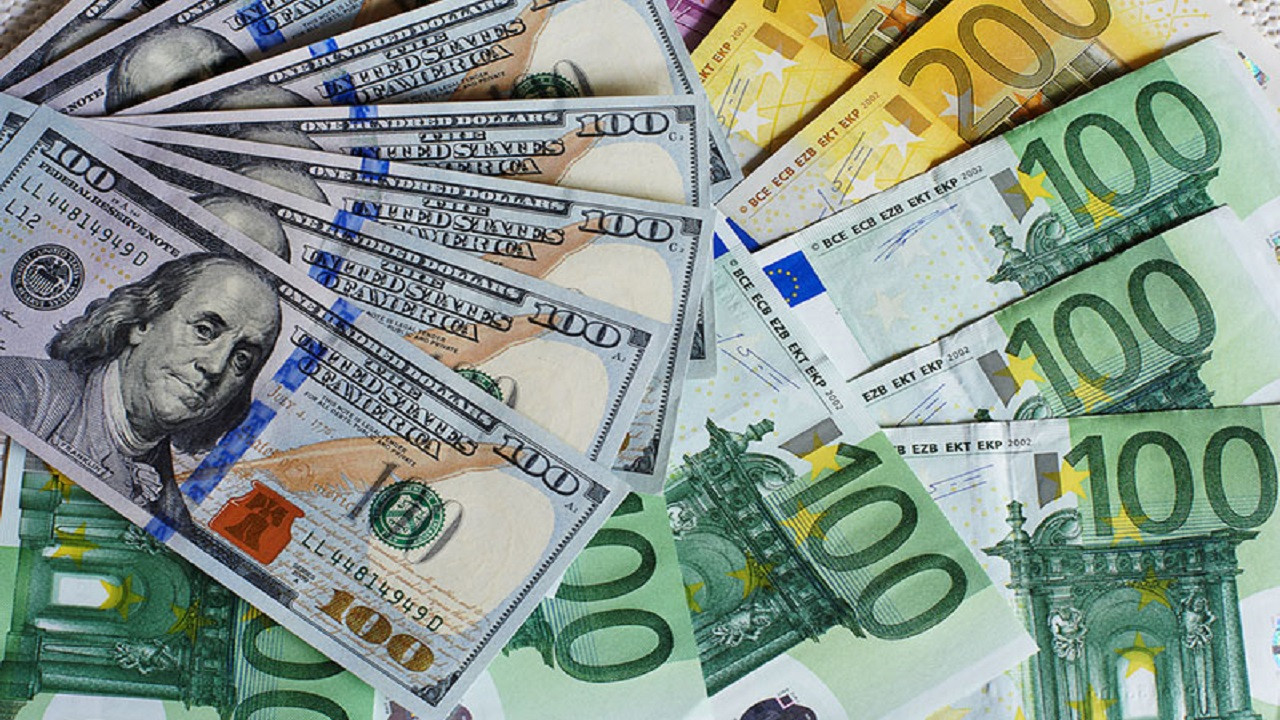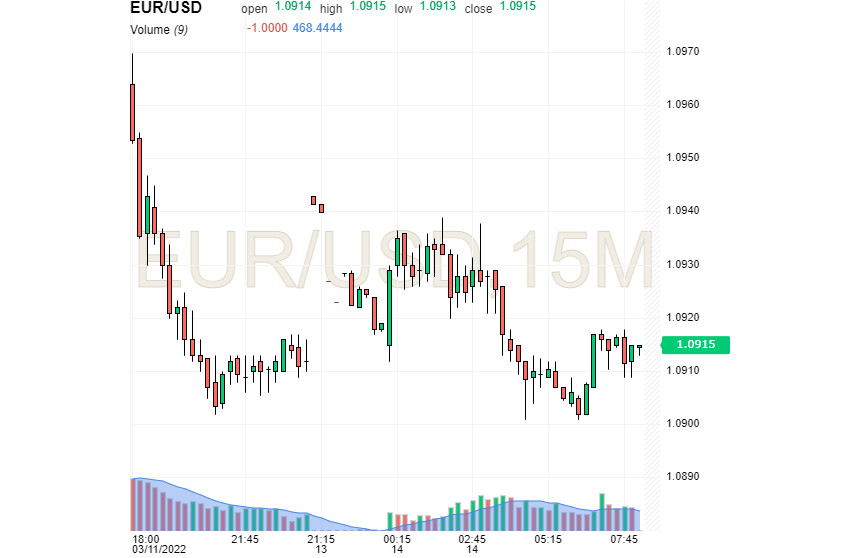
The US dollar is hesitant to pick up a trajectory at the beginning of the week given the current situation in the global market. Unlike the euro, it is ready to rise at any moment. The euro may either climb higher or fall in the short term.
According to current reports on the US dollar index (USDX), last week bears took control of the US currency. A bit later, the euro also started declining. Market participants increased the volume of both short and long positions on the greenback, almost ignoring the euro. Over the past month, the net position on the US dollar among the major market players has reached a new high. The continuation of the current trend is likely to lead to a drop in the US dollar, experts believe.
Compared to the US, it is more difficult for the European currency to rebound. At the end of last week, the euro was unable to maintain the rally. The short-term rise of the euro occurred after the ECB's decision to taper the quantitative easing (QE) program earlier than planned. As a result, the EUR/USD pair soared, trading near 1.1000.
Analysts assume that the euro/dollar pair is unable to rise due to the long-term growth of the US dollar. The latter is showing a steady rise amid an increase in US Treasurers, soaring US inflation, and risk aversion because of the possibility of further escalation of the Russia-Ukraine conflict. On March 14, the pair was trading near 1.0915, trying to break out of the current range.

Apart from that, the US dollar is sure to climb amid monetary policy tightening by the Fed. It will be the main catalyst for the US's currency growth. If so, the prospects for the euro are quite gloomy. The euro may regain ground only amid the stabilization of supplies and prices of Russian commodities. However, such a scenario is unlikely. At the moment, the opposite situation is unfolding. New sanctions against Russia as well as high fuel prices may push the euro lower.
However, experts are sure that a negative scenario is hardly possible. The collapse of the euro looks unlikely even though there are certain prerequisites for such a scenario. Analysts point out that European leaders are now frustrated. So, they may even consider ultra-low short- and long-term key rates. So, the majority of economists believe that monetary policy tightening is the only way to curb inflation. On March 10, the ECB raised its annual inflation projections to 5.1%. Importantly, in December 2021, the figure totaled 3.2%. Now, the inflation rate in the eurozone is at the highest level on record.
Many economists believe that the ECB will not be able to stick to the previous monetary policy. The regulator will have to revise the current approach even if the gloomy scenarios do not come true. Apart from geopolitical turbulence, the euro is also weighed on growing inflation in other EU countries. Its level in different states of the euro block is uneven. However, in countries with low inflation, the euro is still depreciating despite central banks' measures to boost its rise.
Economists reckon that by the end of this year, the euro will significantly fall versus the US dollar. It will remain in the range of 1.0500–1.0700 due to the Russia-Ukraine conflict and growing inflation. Previously, analysts discussed the possibility of a large difference in the exchange rate between EUR and USD. However, now, it is impossible. Market participants prefer safe-haven assets, primarily the greenback and gold. Therefore, demand for the euro is weak.
 English
English 
 Русский
Русский Bahasa Indonesia
Bahasa Indonesia Bahasa Malay
Bahasa Malay ไทย
ไทย Español
Español Deutsch
Deutsch Български
Български Français
Français Tiếng Việt
Tiếng Việt 中文
中文 বাংলা
বাংলা हिन्दी
हिन्दी Čeština
Čeština Українська
Українська Română
Română

